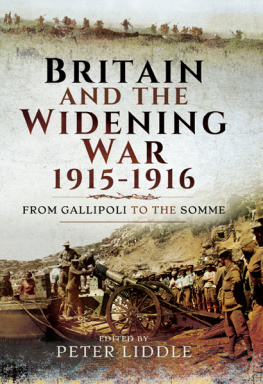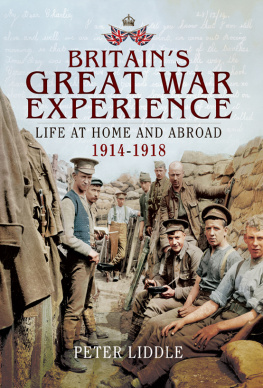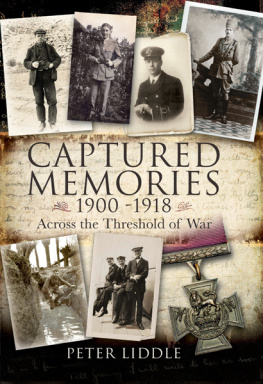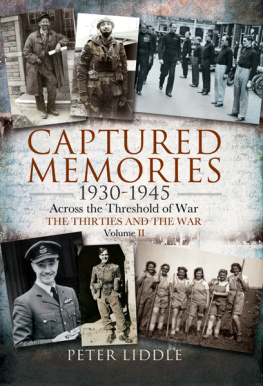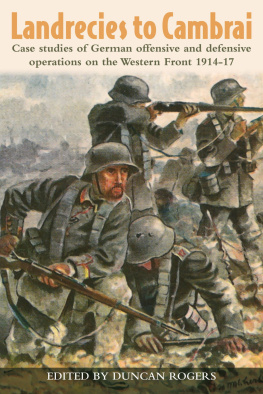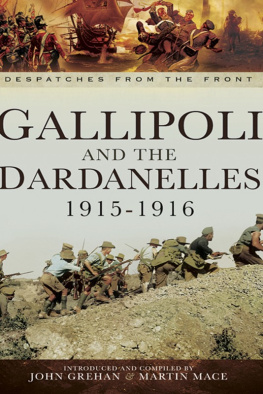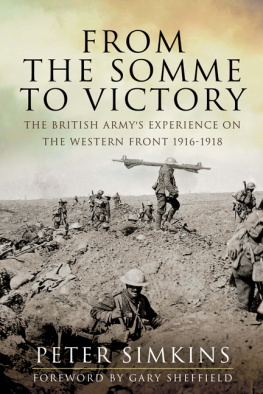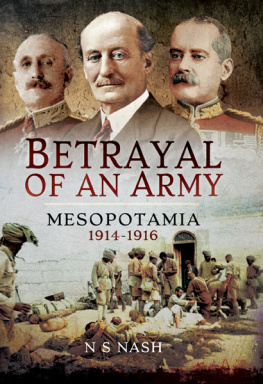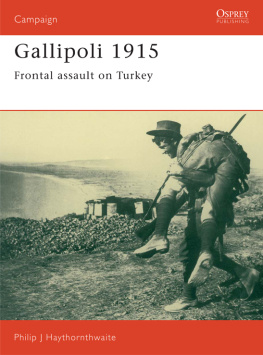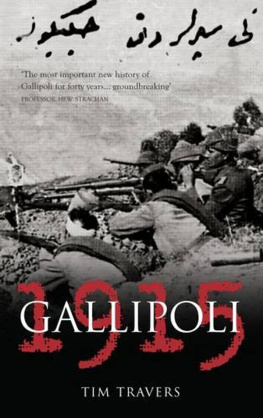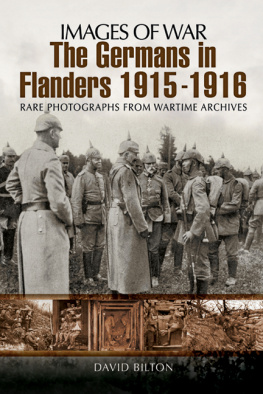First published in Great Britain in 2016 by
PEN & SWORD MILITARY
An imprint of
Pen & Sword Books Ltd
47 Church Street
Barnsley
South Yorkshire
S70 2AS
Copyright Peter Liddle and Contributors, 2016
ISBN: 978-1-47386-717-8
PDF ISBN: 978-1-47386-720-8
EPUB ISBN: 978-1-47386-719-2
PRC ISBN: 978-1-47386-718-5
The right of Peter Liddle and Contributors to be identified as the authors of this work has been asserted by them in accordance with the Copyright, Designs and Patents Act 1988.
A CIP catalogue record for this book is available from the British Library.
All rights reserved. No part of this book may be reproduced or transmitted in any form or by any means, electronic or mechanical including photocopying, recording or by any information storage and retrieval system, without permission from the Publisher in writing.
Typeset by Concept, Huddersfield, West Yorkshire, HD4 5JL.
Printed and bound in England by CPI Group (UK) Ltd, Croydon CR0 4YY.
Pen & Sword Books Ltd incorporates the imprints of Pen & Sword Archaeology, Atlas, Aviation, Battleground, Discovery, Family History, History, Maritime, Military, Naval, Politics, Railways, Select, Social History, Transport, True Crime, and Claymore Press, Frontline Books, Leo Cooper, Praetorian Press, Remember When, Seaforth Publishing and Wharncliffe.
For a complete list of Pen & Sword titles please contact
PEN & SWORD BOOKS LIMITED
47 Church Street, Barnsley, South Yorkshire, S70 2AS, England
E-mail:
Website: www.pen-and-sword.co.uk
Contents
, by Peter Liddle
, by Spencer Jones
, by Duncan Redford
, by William Philpott
, by Jack Sheldon
, by Gary Sheffield and John Spencer
, by James Pugh
, by Robert Johnson
, by James Cooke
by David Millichope
, by David Millichope
by Adrian Gregory
, by Andrew Bamji
, by Kapil Subramanian and Graeme Gooday
, by Andrea Hetherington
, by Jessica Meyer
, by N.S. Nash
, by Nick Bosanquet
, by Clive Barrett
, by Juliet Macdonald
, by Emily Glass and Nicholas J. Saunders
List of Plates
Acknowledgements
I thank all my colleagues who have generously contributed to this volume. As with all such books, chapter authors, for scant reward, are challenged with a time-taking commitment under deadline terms. By definition the challenge is within the area of their research expertise but it is to be managed in addition to overfilled writing, teaching, academic and family obligations. I am truly grateful for all the time, research, hard work, thinking and scholarship freely given. I have thoroughly enjoyed working with new and old friends on this project. It is all to their credit and is a tribute to more than just the professional factor. In relation to the work of my colleagues, formally I thank on their behalf the trustees of institutions and officers of agencies for permissions granted to reproduce illustrations and quotations.
It is my pleasure to thank Rupert Harding of Pen & Sword Books, who had the vision to commission the book, and Sarah Cook, the volumes copy editor, who has brought sharp-eyed, well-informed judgement to bear, cover to cover.
In conclusion I thank my best friend and beloved wife Louise, who has helped from the earliest stages of drawing the book together. If formatting and the finding of additional maps and appropriate illustrations were to be a particular area of indebtedness, figuratively they should be but two pennants in an endless line of appreciative bunting.
Peter Liddle
Mickley, North Yorkshire, 2016
Preface
For the Editor of The Widening War there was first the challenge of drawing up a list of topics which incontestably had to be covered in a book under this title. Then there was the burgeoning excitement of going beyond that list to consider topics less to be anticipated by the general reader but with a claim through current research to being fundamental in understanding how a clash of arms between Great Powers in August 1914 transformed their societies and engulfed a wider world with related impact by the end of 1916.
The failure to achieve an early victory, two further years of intensifying struggle, hitherto undreamt of manpower and industrial needs, the world-wide colonial factor in Britains case the Dominion factor too new opponents, new allies, all this together provides a framework within which the phenomenon of a widening war might be examined. However, there are aspects of the transformation of societies at war which, in all likelihood, would still have received but slight reference in a volume of this nature if the editor were not to have been determined to recruit authors who could quite specifically address such issues. Choices had to be made and with every topic selected, by implication, another was threatened. Getting a justifiable balance has been a challenging task.
The years 1915 and 1916 simply demand examination of the Dardanelles/Gallipoli concept and campaign, of Verdun and the Somme of course, of Jutland too and of the first stage of the campaign in Mesopotamia. They require a consideration of British, French and German High Command, with regard to Britain in particular, the inter-relationship between civil and military High Command. To this list of essential topics might reasonably be added the strategic purpose, the tactical methods and the means of warfare, weaponry, warships and machines by which it was waged on land, at sea and in the air in these middle years of the war.
Then, if one were to look for topics more usually dealt with in specialist journals or in scholarly monographs, hence much less likely to gain the attention of the general reader, a serious claim can be made that addressing such subjects in their wider context would certainly contribute to a better understanding of the Great War. Some such topics readily spring to mind, such as what kept the United States out of the war for so long; or looking at the nature, composition and service record of the Indian Army on a specific front; certainly at what impact on Faith was exerted by the war years, or how isolated and harsh was the lot of the young men who chose the exceptional stance of conscientious objection.
Familiar to the specialist, but much less so to others, is the subject of the experimental work of facial reconstructive surgery after wounds or burns, and then another more basic and much wider issue one I would guess far too little visited by any of us the various modern developing means of army communication in the Great War, telecommunications. Then there is the supportive role of women in the war beyond that of substitute labour, nursing and in uniformed service, and the striking impact of the war, not entirely negative, on boys caught by the outbreak in their mid-teen years.
There were further topics the Editor was keen to add: a study of the nature of the gallantry of a man who did not fit into the received wisdom image of the hero; the war effort and response in its full range of a single town during the war years, in the chosen instance, Halifax in West Yorkshire; and the manner by which both professionally and in an amateur way pictorial images of the war on the Western Front were drawn, the production of artwork flourishing like poppies in the torn landscapes of Belgium and France.
A topic the Editor considered fundamental, yet in general works seldom addressed, was bereavement, grief and coping with loss. Why had this not automatically claimed its due place in every book which sought to grasp the essence of the war as a human experience? Here, while recognising that the war offered new opportunities, new purpose and new experiences for women, the loss to be endured was on a monumental scale for mothers, sisters, wives, fiances, friends, and loss for men too, as comrades, fathers, brothers and friends. In this volume one aspect of an emotionally charged issue, the practical problems faced by the newly bereaved, is searchingly explored.
Next page
